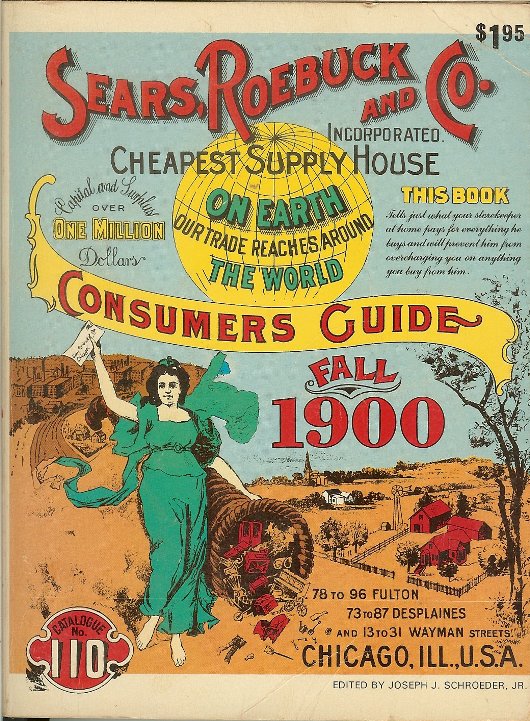This post is part of a month-long series on suicide, written by friends of Sam Fiorella, and dedicated to his son Lucas, who was lost to suicide earlier this year. You can read his story here.
The reality and pain of suicide (or severe depression) is something most everyone will encounter at some point in their lives. It can take the media by storm, when it involves a celebrity or famous person. But more often it’s the childhood friend who never made it to graduation. Or the colleague whose inner pain was too much to bear, despite the cheerful smile around the office. Or perhaps it hits closer to home — a family member or relative you thought you understood a bit better than you did. Suicide is all too common.
IT’S A GLOBAL ISSUE THAT STRIKES LOCALLY
The World Health Organization has published some staggering data on the global suicide problem:
It Strikes Often
Every 40 seconds, somebody dies by suicide somewhere in the world (source: WHO Suicide Prevention Report, 2014).
It’s a Global Concern
Globally, suicide accounts for 1.4% of all deaths, making it the 15th leading cause of death worldwide, ahead of SIDS, Cancer (of the liver, stomach or colon), and Alzheimer’s disease (Source: World Health Report, WHO, 2003 and Disease and Mortality Estimates, WHO, 2012 [xls]).
That Strikes Locally
Suicide is the 2nd most common cause of death among 15-29yr olds (source: Suicide Prevention Overview, WHO, 2014), and when it strikes (at any age), the impact on a family or community can be devastating.
We might like to think that in the US and Canada we’re a bit insulated, as 75% of all suicides occur in low- and middle-income nations. But we aren’t. We rank 33rd and 34th respectively on the global map.
Our suicide rates are higher – in some cases over 10x higher – than over half the world’s nations, including Germany, United Kingdom, Cuba, Slovakia, Bulgaria, Argentina, Australia, Spain, Italy, Venezuela, Armenia, and Azerbaijan (source: Business Insider repub of WHO Suicide Map, 2014).
WE CAN MAKE A DIFFERENCE
I’ve lost that close childhood friend. I’ve seen the toll suicide can take on a family. And I’ve wondered aloud what could’ve been done to help that colleague that none of us realized needed help.
But I’ve never been through anything like the loss of a child. It’s unimaginable. It’s frightening. And yet it’s real. It forces us to rethink, and question, what we know about suicide. Thinking we know all the answers, or that it will never happen to us, may make us feel better but it doesn’t even begin to solve the problem.
My own kids range from the early teens to the twenties. I’d like to think I understand everything they are going through, and that they’d come to me with their problems and concerns. But as a parent, I know that’s not always going to be the case. But we can help. For me personally, that means starting (but certainly not stopping) with these steps:
1. Actively Listen
Research shows that many if not most suicide attempts include a cry for help. Sometimes it’s obvious, other times it can be nothing more than a whisper or a subtle change in behavior. Listening isn’t always passive. By actively listening, by engaging, interacting and questioning, we can hear and see things we wouldn’t have otherwise. And it doesn’t stop with the person we feel is at risk – talk to their friends, look at their behavior and the behavior of those around them (our friends often react to or amplify our own actions and feelings). Don’t wait for somebody to bring their problem to you, be there when you believe they have a problem.
2. Understand the Crisis
Understanding comes from knowledge. There are many good resources out there designed to help people in need, as well as family members and friends of those in need. Know what factors might put a person at risk. Learn to recognize the warning signs. Be comfortable with the steps you may need to take to help that person in need. The more we know about the causes and cures of depression (and there is no shortage of myths around the topic of suicide), the better prepared we will all be to spot the warning signs before it’s too late.
3. Adapt
Depression and suicide may be personal, but it often takes a larger group effort to understand and deal with the problem, especially when underlying issues can be difficult to spot, let alone accept. There are many varied factors that shape depression, including stress, genetics, mood disorders, substance abuse and biochemical imbalances. We must all be willing to change our own behavior to help those in need. Rather than pointing them in the right direction, walk with them, at their pace, and arrive together.
RESOURCES
Depression and suicide are global crisis that strike locally. Take a moment to think about how you listen for signs that a friend, a colleague or a family member might be at risk. Do you know the real warning signs? Or where to even look? And how will you change your behavior to help them overcome their pain? It’s worth a moment of thought. Perhaps even two. Here are some resources to may help you stay informed and ahead of this crisis. They are a starting point.
Substance Abuse and Mental Health Services Administration (US)
SAMSA leads public health efforts to advance the behavioral health of the nation.
http://www.samhsa.gov/suicide-prevention
Preventing Suicide: A Global Imperative (published by the WHO, 2014) [pdf]
An official World Health Organization report outlining the global suicide crisis.
http://apps.who.int/iris/bitstream/10665/131056/1/9789241564779_eng.pdf
National Suicide Prevention Lifeline
The National Suicide Prevention Lifeline provides free and confidential emotional support to people in suicidal crisis or emotional distress 24 hours a day, 7 days a week.
http: //www.suicidepreventionlifeline.org/
Suicide Prevention Resource Center
SPRC is the nation’s only federally supported resource center devoted to advancing the National Strategy for Suicide Prevention.
http://sprc.org
Mayo Clinic Guide to Teen Depression
An in-depth resource to help guide teens and their families through the issue of depression.
http://www.mayoclinic.org/diseases-conditions/teen-depression/basics/definition/con-20035222
U.S. Surgeon Generals Report: 2012 National Strategy for Suicide Prevention [pdf]
A report of the U.S. Surgeon General and of the National Action Alliance for Suicide Prevention
http://www.surgeongeneral.gov/library/reports/national-strategy-suicide-prevention/full_report-rev.pdf
Myths about Suicide
A look at the realities of suicide.
http://www.suicide.org/suicide-myths.html
Health.com
15 Myths and Facts about Suicide and Depression
http://www.health.com/health/gallery/0,,20507781,00.html
7 Myths about Suicide and 11 Warning Signs of Depression
Savvy Psychologist, Ellen Hendriksen, PhD
http://www.quickanddirtytips.com/health-fitness/mental-health/7-myths-about-suicide
http://www.quickanddirtytips.com/health-fitness/prevention/medical-conditions/11-little-known-signs-of-depression
Myths and Misconceptions of Teen Suicide
End Teen Suicide, a Colorado-based program to assist teens in need.
http://www.endteensuicide.org/prevent.html
Features Image “Suicide Safety” courtesy Dark Cloud Silver Moon [original]

















 Being social takes work.
Being social takes work.